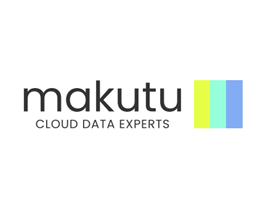Challenge
Our newly won OFWAT Transform project, Smart Skies Healthy Waters (SSHW) will provide a groundbreaking Triadic approach to drone-based water quality monitoring using optical, rapid micro and traditional lab techniques to provide a comprehensive insight into the health of our coastal waters.
With this new capability, we will be exploring how might we:
- Identify the right combination of water quality parameters that need to be monitored to re-generate our coastal areas and communities?
- Present the data to provide assurance of the quality of the coastal waters, communicate risk, and build back public trust?
The SSHW Triadic system will use a selection of optical sensors to take near real time measurements at a number of test locations, and also be deployed to collect a physical grab sample which can be then tested shoreside in a rapid micro lab or securely transfer a sample to a traditional lab for further analysis.
We plan to make the results available in near real time from the optical sensors and in under two hours from the shoreside rapid micro lab. With this significant reduction in time to process results and also increase the frequency of testing offered by the drone sampling, a unique challenge has been identified; how might this information be surfaced and used to e.g. build back public trust, demonstrate environmental stewardship or guide asset investment?
Proposal
This sprint will investigate the 3 testing options and their impact within the Triadic methodology individually and combined as a whole system.
- What types of sensors could be clustered in the sonde to provide accurate measurements of potential harmful bacteria?
- From the physical grab sample, what rapid micro lab testing should be conducted onshore?
- What role does the existing certified lab perform in this new testing environment? E.g. how will the existing certified lab evolve to meet an increased level of sampling frequency?
With the potential for richer and more frequent water quality data than is currently available, what consideration needs to be given to how the results are communicated? Who should see the data, how might the results impact the regeneration of coastal communities?
Target Objectives
To understand:
- Where best to take our samples from given the dynamic nature of tidal movements
- What level of sampling frequency will provide the right level of information to the public
- How do we prioritise individual parameters to be measured by each of the 3 phases of the triadic system
- What types of technology and techniques are best suited to on-site rapid micro testing
Target Audience
Water quality professionals, Innovators developing rapid micro capabilities, communication experts using coastal waters, our regulators, local councils, activist groups and water companies
What will we do?
- Hear from a number of experts on the SSHW project team to understand the Triadic approach
- Confirm the testing parameters available in near real time from the sonde, rapid micro and laboratory testing.
- Hear lightning talks from industry, academia and the water sector
- Document the best methodology to exploit the full system approach.
- Understand and hear from coastal water users and what concerns they have and what information they would like.
- Outline an effective communication plan.
| Registration has now closed |

